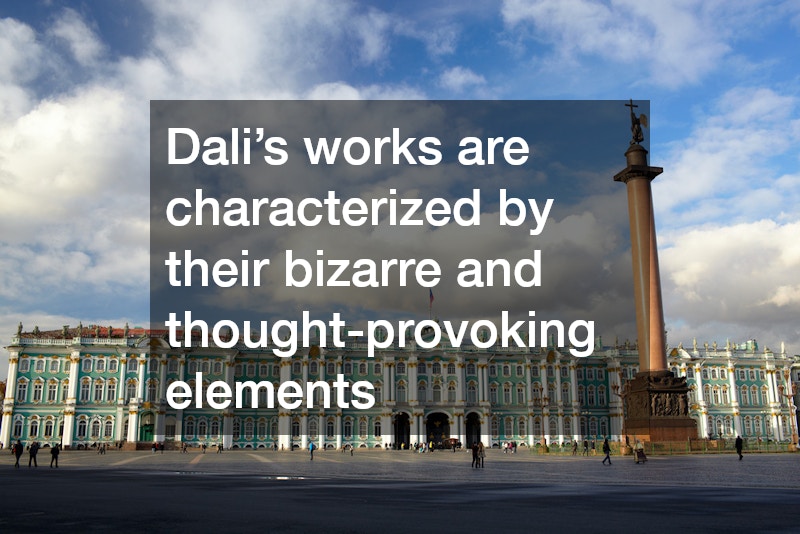Artist Salvador Dali, known for his surreal and eccentric creations, is one of the most celebrated artists of the 20th century. His dreamlike imagery and unique approach to art captured the imagination of audiences around the world. Dali’s works are characterized by their bizarre and thought-provoking elements, blending reality with fantasy in a way that challenges our perceptions. Let’s explore some of Salvador Dali’s most popular works that have left an indelible mark on the world of art.
The Persistence of Memory (1931)
Perhaps the most iconic painting by artist Salvador Dali, “The Persistence of Memory” features the famous melting clocks draped over barren branches and a distorted face. This masterpiece is a symbol of the fluidity of time and the dreamlike nature of reality. The melting clocks, contrasted with the stark desert landscape, reflect Dali’s fascination with time, decay, and the subconscious. This painting remains one of the most recognizable pieces in surrealist art and is often interpreted as a visual representation of the fluid and malleable nature of time.
Swans Reflecting Elephants (1937)
“Swans Reflecting Elephants” is another celebrated work that showcases artist Salvador Dali’s fascination with dual imagery. In this painting, the swans on a calm lake reflect images of elephants, creating a visual paradox that is typical of Dali’s surrealist style. This work is an example of his ability to merge two seemingly unrelated objects to form a new, cohesive image. The painting demonstrates Dali’s mastery of illusion, his interest in the subconscious, and his desire to challenge the viewer’s perception of reality.
The Elephants (1948)
“The Elephants” is another one of Dali’s notable works, featuring surreal depictions of elephants with impossibly long, spindly legs carrying obelisks on their backs. The elephants are portrayed as towering, dreamlike figures, which are often seen as symbols of strength juxtaposed against their fragile, elongated legs. This surreal contrast reflects Dali’s unique approach to capturing dream states and exploring the subconscious. The painting is both intriguing and unsettling, embodying the paradoxical nature of much of Dali’s art.
The Hallucinogenic Toreador (1969-1970)
In “The Hallucinogenic Toreador,” artist Salvador Dali employs a complex and multi-layered composition that includes numerous figures, patterns, and symbols. The painting is a tribute to bullfighting, a traditional Spanish pastime, but Dali weaves in personal themes and visual illusions throughout the work. Venus de Milo statues are transformed into the face of a toreador, showcasing Dali’s fascination with optical illusions and dual imagery. This painting exemplifies Dali’s ability to blend elements of his Spanish heritage with his surrealist vision, resulting in a rich and vibrant piece full of hidden details.
.


